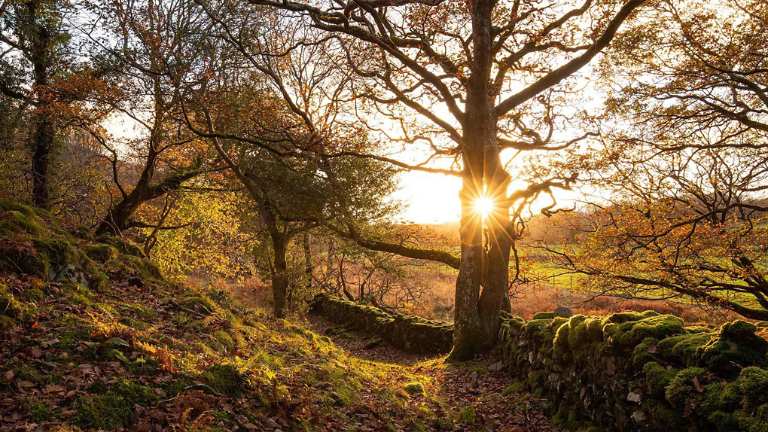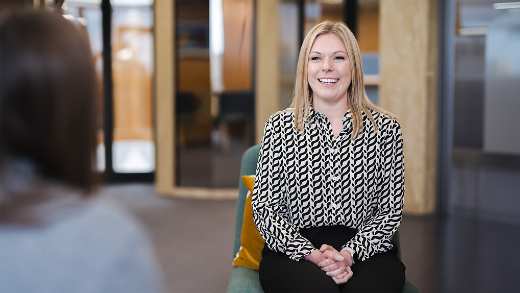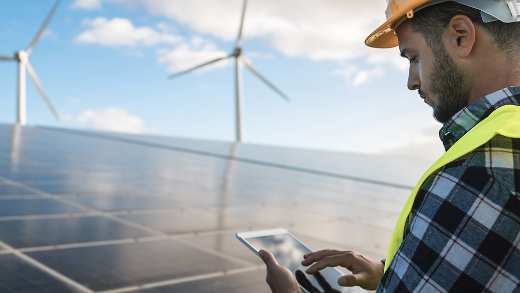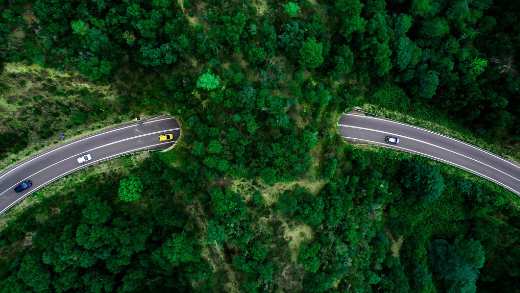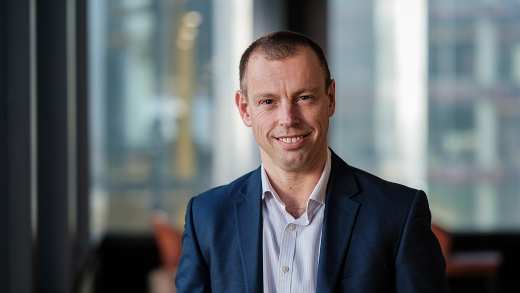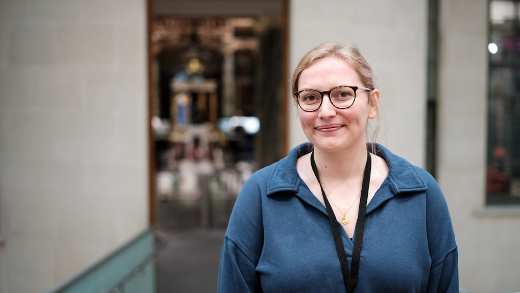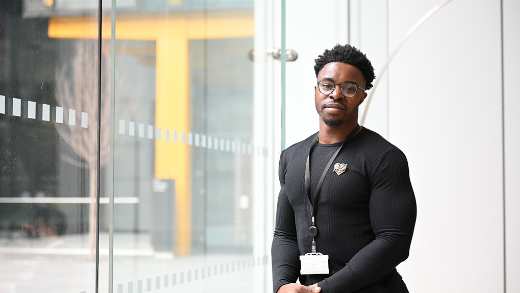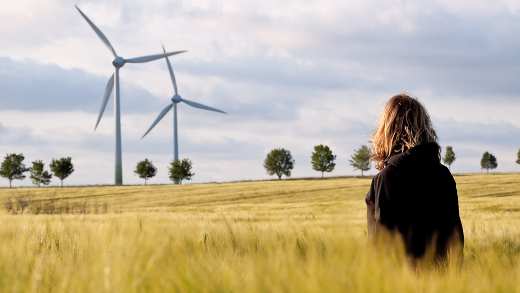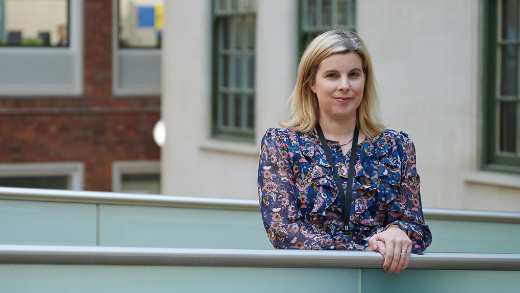Somewhere between the White Cliffs of Dover and the Giant’s Causeway, some of the UK’s most beautiful natural wonders are growing. But they’re also shrinking.
Somewhere between the White Cliffs of Dover and the Giant’s Causeway, some of the UK’s most beautiful natural wonders are growing. But they’re also shrinking.
It isn’t the peaks of the Peak District, nor is it the lakes of the Lake District.
It’s our temperate rainforests.
Rainforests might not be the first UK wonder that springs to mind, but they’ve been around for as long as the Lake District. They were far, far bigger, too.
From the coasts of Cornwall, through Wales and the Isle of Man, all the way to the shores of Scotland, the mild, wet weather on our western coasts after the last ice age made the perfect conditions for them to flourish.
“These are really lost habitats that now cover less than 1% of the British Isles.”
But they’re not flourishing anymore. They’re disappearing, and barely clinging on.
That’s why Aviva is working with the Wildlife Trusts to bring them back. We recently donated £38 million to support their work in restoring our temperate rainforests.
“The Wildlife Trust and others are really eager to bring these habitats back to the UK. Because of the donation from Aviva, we're now able to do that.” Says Kathryn Brown, Director of Climate Change and Evidence at the Wildlife Trusts.
What happened to them?
Put simply: we happened to them. We cut them down.
It started more sustainably a long time ago. The hunting and gathering of our hunter-gatherer ancestors, who also put down permanent roots in the UK after the last ice age, wasn’t exactly exploitative. But the closer we get to the present day, the more unsustainable our demands became.
Chop by chop, we’ve taken the rainforests for industry and construction. Burning them for charcoal to spin the wheels and turn the gears of early industrial growth. Huge beams, cut from huge trees, were taken to build the frames of ships bound for distant shores.
Chop by chop, we’ve cleared the rainforest for fields and farms to feed our exploding population. New towns and roads sprang up where ancient woodland once stood.
These uses, and the hundreds like them, were pivotal in propelling our progress as a country. But they also whittled away our rainforests.
Climate change is just the latest in a long list of issues that we’ve caused for them. Yet, remarkably, the last pockets are still hanging on. And, still, they’re working for us.
What do they do?
The rainforests are natural carbon sequestrators, capturing and locking up the carbon that we’ve put in the air.
They work to purify the polluted water that flows beneath them and falls from above.
As our climate shifts and weather patterns become more volatile, they even have the potential to shield our towns from flooding and our fields from erosion.
“In 2021 we decided that we wanted to set a really challenging ambition: for our company to be Net Zero by 2040. That's 10 years ahead of the legally binding target that the UK government set.”
Whether we’ve been aware of them or not, these rainforests have been silently supporting us since our earliest days in the UK. Recognising this enduring support and their potential role in combatting climate change, Aviva stepped in to return the favour as part of our broader climate ambition.
Zelda Bentham, Group Head of Sustainability at Aviva says: “We know it's going to be a huge challenge. As part of that challenge, we're going to reduce our carbon emissions as much as possible. Not just from our own operations, or from our supply chain, but also from our investments and from the way that we underwrite our customers’ business.
"We're doing all that, but a single company can't get there by itself.
"We have to work with others. We have to work with government. We have to work with regulators. We have to work with experts like the Wildlife Trusts to help us remove the carbon from the atmosphere. Because it's no longer good enough to just avoid carbon emissions. We need to take some of that carbon back out of the atmosphere.”
It’s a huge challenge, but Aviva isn't daunted. Instead, it has committed to investing £100 million in nature-based solutions. From which Aviva is donating £38 million to The Wildlife Trusts and signing a 100-year contract.
Over that time, the restored temperate rainforest will remove an estimated 800,000 tonnes of carbon dioxide from the atmosphere.
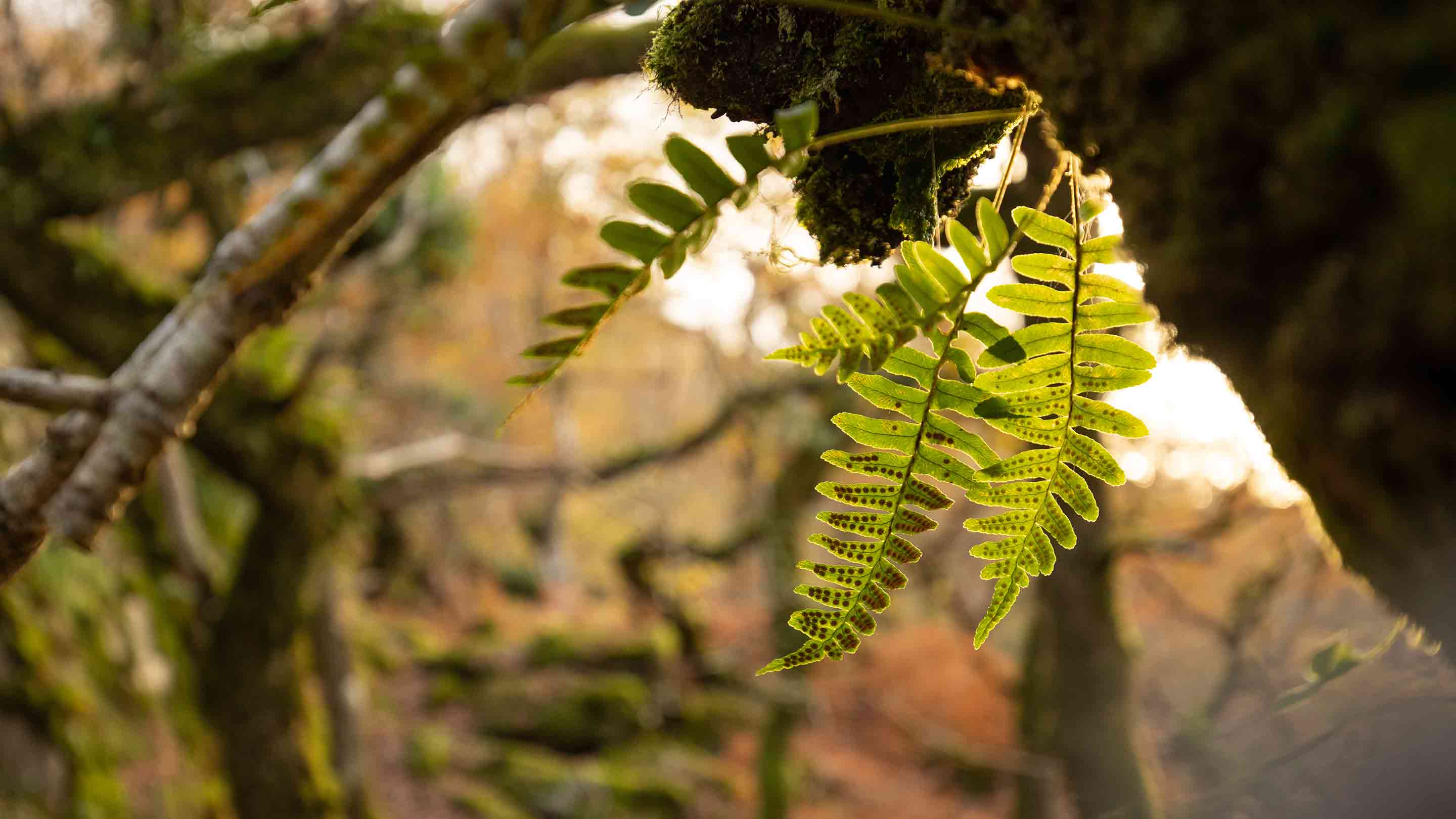
To put those tonnes in perspective, think about the emissions you’d cause flying back and forth between London and New York 740,000 times.1
That carbon removal will be at its fastest around 2060 when the forests are expected to be removing about 24,000 tonnes of carbon-dioxide each year. The whole woodland creation programme is expected to bring about a net reduction in atmospheric carbon levels from 2036 onwards.
In fact, by 2040, the year when Aviva plans to be a Net Zero company, it’s expected that they will already have removed more than 34,000 tonnes of emissions from the atmosphere.
It's not all about carbon though
Despite their diminished state, these ancient remnants still offer a profound connection to the natural world. Take a walk under the canopy of these forests and you’re enveloped in a symphony of birdsong. Your feet sink into the carpet of moss and fallen leaves, and everywhere you look you’ll see life finding a way to flourish. It’s important that those experiences are still there for our descendants.
“It’s also about enhancing biodiversity. It's about making sure they’re still there in a hundred years. It's that permanency piece that we're looking at, for everyone."
"So we know it's going to be a huge challenge.” Zelda says. “But as someone put it to me, it’s a beautiful present for future generations.”
The first two locations to be unwrapped were in North Wales and the Isle of Man.
Kathryn from the Wildlife Trusts expands on the ambition Aviva's donation has inspired.
“We're looking to create new nature reserves across the whole of the west of the UK. So down from Devon in the southwest, right up to Cumbria, Isle of Man, and parts of Northern Ireland.
"We’re in a climate and nature crisis, so we need to be using the land as much as we can to bring back nature. But to support people, as well as communities, is very much at the heart of these sites."
"We're really excited about getting the first two sites off the ground in the Isle of Man and North Wales. They're fantastic sites to choose for doing this. They’re areas where there would have been remnants of this lost temperate rainforest, and they’ll be connecting the existing patches.
"One of the problems we have with the rainforest that remains is it's very fragmented. For biodiversity value, but for climate value as well, for things like reducing flood risk, we really need to connect these sites and make them much bigger. And both the sites on the Isle of Man and in North Wales will do that for us.
"We’re incredibly excited.”
In June, the third site was also announced. It’s near Totnes, Devon on the edges of the Dart river valley. Devon Wildlife Trust has secured a 105-year lease which will allow it to plant two-thirds of the land with native species trees to create new rainforest.
The task of restoring these rainforests isn't just about meeting environmental targets, it's about ensuring biodiversity, providing flood protection, and addressing the ongoing nature crisis. They'll also add to the natural beauty and cultural heritage of each area.
It’s really important to note that The Wildlife Trusts’ temperate rainforest sites will be accessible to everyone. They’re not fenced off to the public. Everyone is welcome, and we’d encourage you to visit once they’re up and running. Spending time in nature can improve mental health, encourage physical activity and fitness, and even help to build community.
The sites will also create the potential for new green jobs, tourism and volunteering. In fact, all UK-based Aviva colleagues will have the opportunity to use their three days of volunteering leave at Wildlife Trust venues, including the temperate rainforest sites.
The Wildlife Trusts’ work and Aviva’s support is a huge step towards the restoration and preservation of our rainforests and, by extension, our shared environmental heritage. It is, as Zelda put it, ‘a beautiful present for future generations.’
Because it’s not just a hundred-year contract that we’ve signed with the Wildlife Trusts. It’s a hundred-year contract with nature, and a promise to our children of a greener, more sustainable UK.
The Wildlife Trusts are about more than just rainforests. If you’re in the UK, you can find a Wildlife Trusts site near you.
Sources:
1 Calculated using BEIS GHG conversion factors of 0.19kg/CO2e per passenger KM

